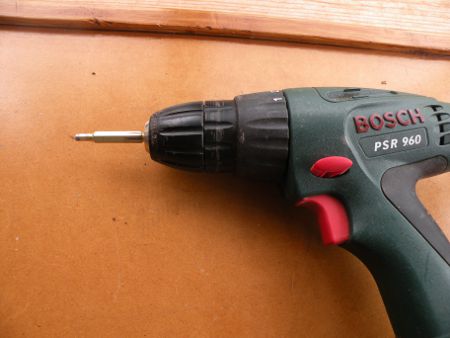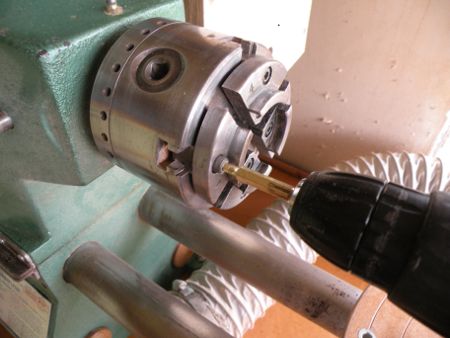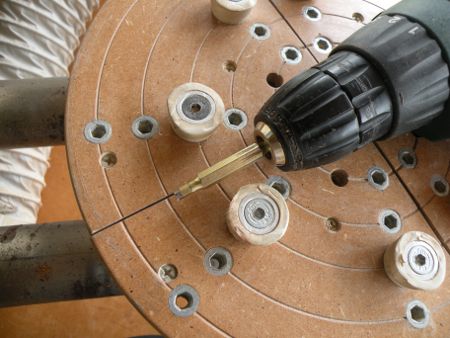Richard Findley
Established Member
Hi all,
After the recent thread about the bases of bowls I thought I'd put up a little "How To..." on how I do it. I will say now that this is not the only way but it's how I do it.
This particular bowl is made from Ash and is a small fruit bowl so needs a bigger foot that the 56mm spigot I use so I set out the spigot and then the foot:

Notice the tiny mark in the centre to help re-mounting later.
You may be able to make out that, because the foot is slightly concave, the spigot doesn't take up much wood:

I then flip it and turn the inside:

My method of hollowing the centre of a bowl is probably worth a seperate thread but I use the step method, working from the top down:

Anyway, I then re-mount the bowl on an MDF disc which is fixed to a faceplate, with a piece of Router Matt to protect the rim and bring the tail centre up into the mark I made earlier:

Close up:

I then cut away the spigot until all that's left is a tiny pip (as small as you dare/feel comfortable with is fine :wink: )

Sand and clean up as usual. In this case by hand as a drill wont fit in the space! And because I'm a turner and I just couldn't resist, I add a couple of rings
 :lol: :lol:
:lol: :lol:

It's then a simple job of removing the pip with a carving gouge or similar:

I then sand it with the last grit (400) on the lathe, with a drill chuck in the headstock:

Not enough hands to give an action shot on that one, sorry!! :roll:
The finished bottom:

And the finished bowl, no finish at this point:

I hope you enjoyed this How To, questions and comments welcome as usual!!
Cheers
Richard
After the recent thread about the bases of bowls I thought I'd put up a little "How To..." on how I do it. I will say now that this is not the only way but it's how I do it.
This particular bowl is made from Ash and is a small fruit bowl so needs a bigger foot that the 56mm spigot I use so I set out the spigot and then the foot:

Notice the tiny mark in the centre to help re-mounting later.
You may be able to make out that, because the foot is slightly concave, the spigot doesn't take up much wood:

I then flip it and turn the inside:

My method of hollowing the centre of a bowl is probably worth a seperate thread but I use the step method, working from the top down:

Anyway, I then re-mount the bowl on an MDF disc which is fixed to a faceplate, with a piece of Router Matt to protect the rim and bring the tail centre up into the mark I made earlier:

Close up:

I then cut away the spigot until all that's left is a tiny pip (as small as you dare/feel comfortable with is fine :wink: )

Sand and clean up as usual. In this case by hand as a drill wont fit in the space! And because I'm a turner and I just couldn't resist, I add a couple of rings

It's then a simple job of removing the pip with a carving gouge or similar:

I then sand it with the last grit (400) on the lathe, with a drill chuck in the headstock:

Not enough hands to give an action shot on that one, sorry!! :roll:
The finished bottom:

And the finished bowl, no finish at this point:

I hope you enjoyed this How To, questions and comments welcome as usual!!
Cheers
Richard






